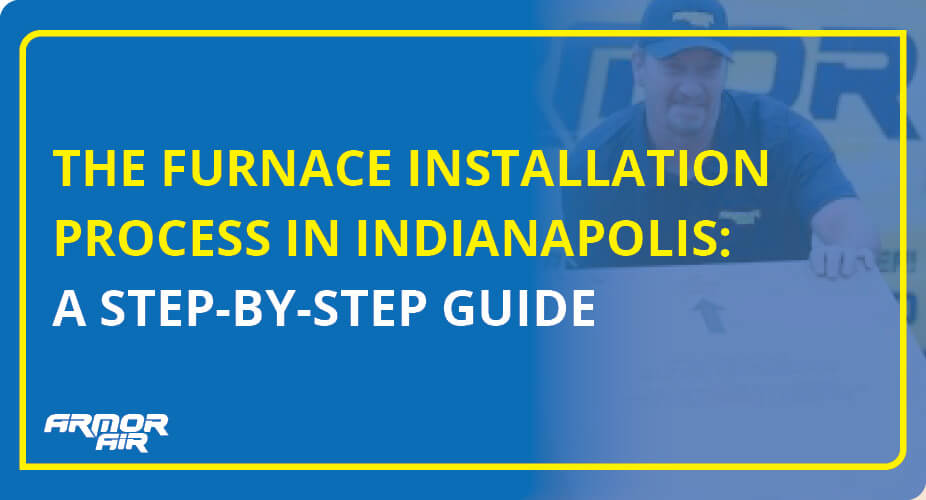Closed: Sun for God + Family time
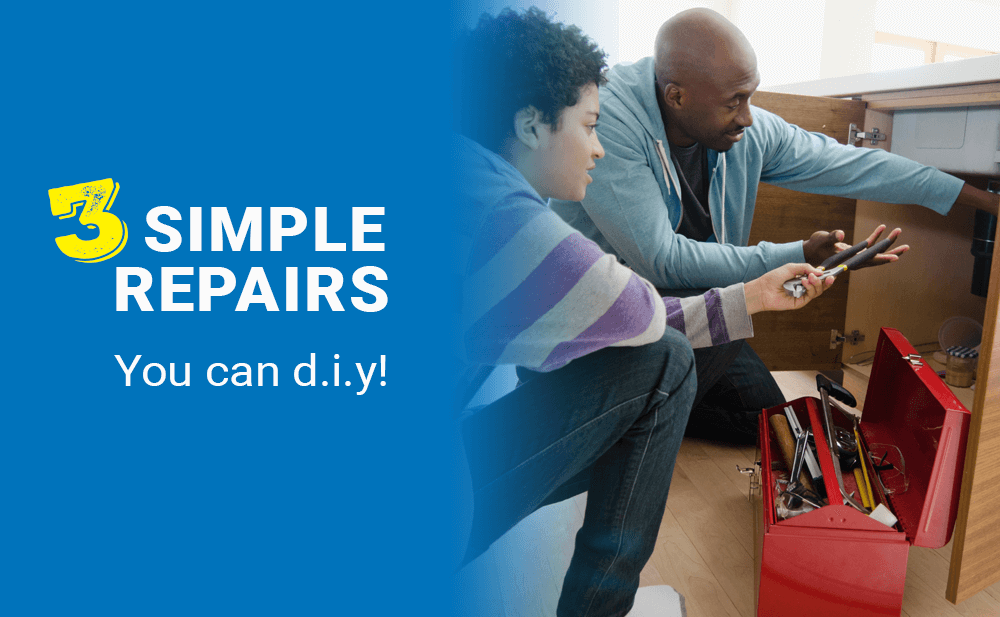
The Best 3 Simple Plumbing Repairs You Can Do Yourself | Armor Air
The Best 3 Simple Plumbing Repairs You Can Do Yourself
Plumbing repairs couldn’t come at the worst time. Hiring a plumbing company for surprise repairs is smart, but you don’t always need an expert. Learning some basic plumbing skills can be super useful. You don’t have to be a professional plumber to tackle common plumbing problems. From fixing leaky faucets to unclogging drains, there are plenty of repairs that anyone can handle with a little know-how and some basic tools.
We’re here to help you gain practical skills, reduce your reliance on professional services, and feel the satisfaction of customizing solutions to your needs.
Essential Plumbing Repairs Tools and Materials
Plunger
A plunger is your best buddy for clearing clogged sinks, toilets, and drains. It’s a simple tool that can save you from calling a pro for small blockages.
Pipe Wrenches
Get a pair of adjustable pipe wrenches—one for gripping and one for turning. They’re handy for tightening or loosening pipes and fittings.
Pipe Cutter
This tool is essential for cutting pipes cleanly and precisely, making it easier to fit pipes and connectors together securely.
Adjustable Pliers
Good adjustable pliers are versatile; you can use them for gripping, turning, and holding various plumbing parts.
Teflon Tape (Plumber’s Tape)
Teflon tape seals pipe threads to prevent leaks. It’s vital for watertight connections.
Pipe Sealant
Pipe sealant, often a compound or putty, creates a tight seal on threaded pipes and fittings, especially in high-pressure areas.
Plumber’s Snake (Auger)
When a plunger can’t clear a stubborn clog, a plumber’s snake can reach deep into pipes to break up and remove blockages.
Pipe and Tubing Cutter
This tool is excellent for cutting pipes and tubing cleanly and precisely. It’s essential for copper, PVC, or PEX pipes.
Hacksaw
A hacksaw can cut through metal pipes and other plumbing materials. Remember to keep extra blades on hand for replacements.
Safety for DIY Plumbing Repairs
Your safety should always come first when you’re working on plumbing repairs. Here’s a list of safety gear you should have:
- Safety Glasses: Protect your eyes from debris and potential splashes with safety glasses.
- Work Gloves: Sturdy work gloves safeguard your hands from sharp edges, chemicals, and hot water.
- Closed-Toe Shoes: Choose closed-toe footwear to protect your feet from falling objects or spills.
- Respirator Mask: When working with certain chemicals or in tight spaces, a respirator mask can protect your lungs from harmful fumes and particles.
- Ear Protection: If you’ll be using loud tools like power saws, consider wearing ear protection to prevent hearing damage.
- Protective Clothing: For messy jobs, invest in disposable coveralls or dedicated work clothes to keep yourself clean and safe.
After getting all your plumbing repairs tools, it’s simple to do these basic plumbing repairs:
Fixing a Leaky Faucet
A leaky faucet can be both annoying and wasteful. But fear not, because with the right tools and a bit of know-how, you can easily tackle this common plumbing issue yourself. In this step-by-step guide, we’ll walk you through the process of fixing a leaky faucet, from gathering the necessary tools to troubleshooting tips.
Tell-Tale Sign: The constant, rhythmic drip-drip-drip sound is a dead giveaway. You might also notice water pooling around the faucet, that means it’s time for repairs.
Cause: Leaks often occur due to worn-out washers or O-rings inside the faucet handle. In some cases, a loose or damaged valve seat could be the culprit for that leaky faucet.
Step 1: Gather the Right Plumbing Repairs Tools
Before you start, make sure you have the following tools and materials ready:
- Adjustable wrench
- Screwdrivers (both flathead and Phillips)
- Replacement washers and O-rings (ensure they are compatible with your faucet model)
- Plumber’s tape (Teflon tape)
- Towels or rags
- Bucket or bowl
- Safety glasses
Step 2: Turn Off the Water Supply
Locate the shut-off valves under the sink that control the water supply to the faucet. Turn them clockwise (right) to shut off the hot and cold water. Then, open the faucet to release any remaining water and relieve pressure.
Step 3: Disassemble the Faucet
- Use a screwdriver to remove the decorative cap on top of the faucet handle (if applicable).
- Unscrew and remove the handle. You may need an Allen wrench or screwdriver for this, depending on the faucet type.
- Once the handle is removed, use an adjustable wrench to loosen and remove the packing nut. Be careful not to damage the nut or the faucet stem.
- Gently pull out the faucet stem, which contains the cartridge or compression valve, depending on your faucet type. Take note of the existing arrangement and orientation of components for reassembly.
Step 4: Replace Washers and O-Rings
- Inspect the existing washers and O-rings for wear, damage, or signs of deterioration. If they appear worn or cracked, they need to be replaced.
- Remove the old washers and O-rings and replace them with new ones that match the size and type of the original components.
- Apply a thin layer of plumber’s tape to the threads of the stem to ensure a watertight seal when reassembling.
Step 5: Reassemble the Faucet
- Carefully insert the stem back into the faucet body, ensuring it aligns correctly.
- Tighten the packing nut with your adjustable wrench, but be cautious not to overtighten, as this can damage the faucet.
- Reattach the handle and secure it with the screw or cap you removed earlier.
- Turn the shut-off valves back on to restore water flow to the faucet.
Step 6: Leaky Faucet Troubleshooting Tips
- If the faucet still leaks after reassembly, check for loose or damaged parts and tighten any connections.
- Ensure that all components are correctly aligned and seated.
- Slowly turn the water supply back on to avoid sudden pressure surges that could damage the repaired faucet.
- If you encounter difficulties during the repair or if the leak persists, it may be time to consult a professional plumber.
Repairs for a Running Toilet
A running toilet not only wastes water but can also be a nuisance. Fortunately, you can diagnose and fix the problem yourself with a few basic tools and a little know-how. we’ll walk you through the process of repairing a running toilet, covering common issues, troubleshooting tips, and preventive maintenance for DIY enthusiasts.
Step 1: Diagnose the Problem
Before you can repair a running toilet, you need to identify the underlying issue. Here are some common culprits:
- Flapper Problems: A worn-out or misaligned flapper can allow water to continuously flow from the tank to the bowl.
- Float Issues: If the float is set too high or gets stuck, it can cause the toilet to keep running.
- Tell-Tale Sign: Listen for a faint, continuous running water sound even when the toilet hasn’t been flushed. Additionally, the water level may appear higher than usual.
Step 2: Turn Off the Water Supply
Locate the shut-off valve behind or beside the toilet and turn it clockwise (right) to shut off the water supply to the running toilet. This prevents water from continuously filling the tank while you work on it.
Step 3: Steps for Toilet Repairs
a. Inspect the Flapper:
- Lift the toilet tank lid and look inside.
- Check the flapper (a rubber or plastic component covering the hole at the bottom of the tank). Ensure it’s not damaged, warped, or covered in mineral deposits.
- Make sure the flapper chain is properly attached and not tangled.
b. Adjust the Float:
- If the float is set too high, it can cause the toilet to run continuously.
- Bend the float arm downward to lower the water level in the tank. Alternatively, you can adjust the float’s screw or clip to achieve the desired water level.
c. Replace the Flapper:
- If the flapper is damaged, worn, or not sealing properly, it needs replacement.
- Turn off the water supply and flush the toilet to empty the tank.
- Remove the old flapper by detaching it from the flush valve.
- Take the old flapper to the hardware store to ensure you get an exact match.
- Attach the new flapper to the flush valve according to the manufacturer’s instructions.
Step 4: Test and Adjust
- Turn the water supply back on and let the tank fill.
- Flush the toilet and observe the water level and the flapper’s seal.
- If the toilet still runs, you may need to fine-tune the float’s position or chain length until you achieve a proper seal.
Step 5: Preventative Maintenance
To avoid future running toilet repairs:
- Periodically check the flapper, float, and fill valve for wear and tear.
- Keep the tank clean to prevent mineral buildup.
- Ensure the flush handle is not sticking after flushing.
Unclogging Drains Like a Pro
A clogged drain is a common household woe, but it doesn’t have to be a major headache. With a few simple tools and some know-how, you can often clear the blockage yourself.
Step 1: Diagnose the Drain Problem
Before you grab your tools, understand the issue. Different drains can get clogged for various reasons:
- Sink Drains: These often clog with food scraps, soap residue, and hair.
- Shower and Bathtub Drains: Hair and soap scum are frequent culprits.
- Toilet Drains: Toilets can get clogged by excessive toilet paper or foreign objects.
- Floor Drains: Debris, dirt, or tree roots can block these.
Identifying the specific drain and understanding the likely cause of the clog will help you choose the most effective unclogging method.
Step 2: Gather Your Tools
You’ll need these tools and supplies:
- Plunger
- Drain Snake (Auger)
- Bucket or Bowl
- Homemade Drain Cleaner (baking soda and vinegar)
Step 3: DIY Drain Cleaning Methods
a. Plunger Method:
- Ensure there’s enough water in the sink or toilet bowl to cover the plunger’s rubber cup.
- Place the plunger over the drain opening and create a tight seal.
- Push down and then pull up forcefully, maintaining the seal. Repeat several times.
- For sinks, you may need to block the overflow hole with a wet cloth or plug while plunging.
b. Drain Snake (Auger) Method:
- Insert the drain snake into the drain until you encounter resistance.
- Rotate the handle clockwise while pushing the snake further into the drain.
- Continue to feed the snake through, breaking up the clog as you go.
- Slowly retract the snake, pulling out the debris along with it.
c. Homemade Drain Cleaner Method:
- Pour a pot of boiling water down the drain to soften any grease or soap scum.
- Follow it up with a mixture of 1/2 cup baking soda and 1/2 cup vinegar. Cover the drain with a plug or cloth to contain the fizzing action.
- After 10-15 minutes, flush the drain with hot water.
Step 4: Test and Prevent
Test the drain by running water to ensure it flows freely. If not, repeat the unclogging method.
To prevent future clogs, consider using drain screens or traps to catch debris before it enters the drain. Regularly clean and maintain your drains to keep them clog-free.
When to Call a Professional
As much as we love DIY projects, there are times when it’s crucial to recognize that a plumbing issue is beyond your skills. Booking a professional plumber can save you time, money, and prevent further damage. Here are some tips to help you understand when it’s time to call an expert:
- No Improvement with DIY Efforts: If basic DIY fixes like unclogging drains or fixing a leaky faucet don’t work or make things worse, it’s time for a pro.
- Multiple Simultaneous Issues: When you’re dealing with many plumbing problems at once, it could indicate a larger problem requiring professional assessment.
- Low Water Pressure: Consistently low water pressure in all or multiple faucets and fixtures could indicate a bigger issue within your plumbing system.
- Sewage Odors: Foul smells from your drains or sewage backup are red flags that shouldn’t be ignored, as they can point to significant sewage system problems.
- No Water Flow: If you have no water in your home, it could be due to a water main break, frozen pipes, or a problem in the municipal supply line—all requiring immediate professional help.
- Visible Water Damage: Stains on walls, ceilings, or floors and mold growth suggest leaks or flooding. A plumber can pinpoint the source and address it effectively.
b. Hiring the Right Professional
When you’ve decided it’s time to call a professional plumber, here’s how to go about it:
- Research: Start by researching local plumbers. Ask for recommendations from friends, family, or neighbors, and check online reviews and ratings.
- Licensing and Insurance: Ensure the plumber is licensed, insured, and bonded for your protection in case of accidents or damages.
-
Experience: Look for a plumber with experience in handling issues similar to yours. Experienced plumbers are better equipped to diagnose and resolve problems efficiently.
- Estimates: Obtain detailed estimates from multiple plumbers. Compare prices, but also consider the quality of service and reputation.
- Ask Questions: Don’t hesitate to ask questions about the plumber’s approach, timeline, and any warranties or guarantees on their work.
- References: Request references from previous customers to gauge the plumber’s reliability and work quality.
- Emergency Services: If you’re dealing with a plumbing emergency, choose a plumber who offers 24/7 emergency services for immediate assistance.
- Written Contract: Always have a written contract outlining the scope of work, materials used, costs, and timelines. Make sure you understand the terms before signing.
By following these steps, you can be well-prepared for various plumbing challenges and make informed decisions when deciding whether to tackle a repair yourself or seek professional help. Happy plumbing!
Get Plumbing Repairs Help Today
Choosing the right plumbing equipment can be tricky. Whether you need installation or repairs, Armor Air is here to help. Contact us today to learn more about our plumbing solutions or schedule a service.
Share This Story, Choose Your Platform!
Recent News

How Much Does an Inverter HVAC System Installation Cost (2025)
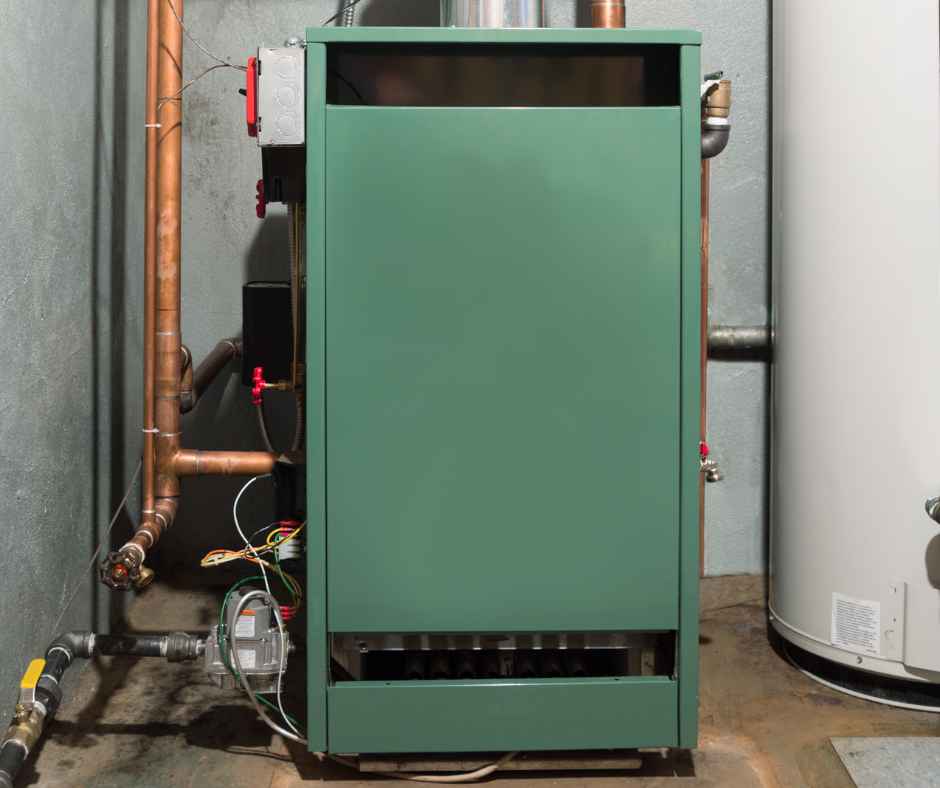
Why Does My Furnace Smell Like It’s Burning?
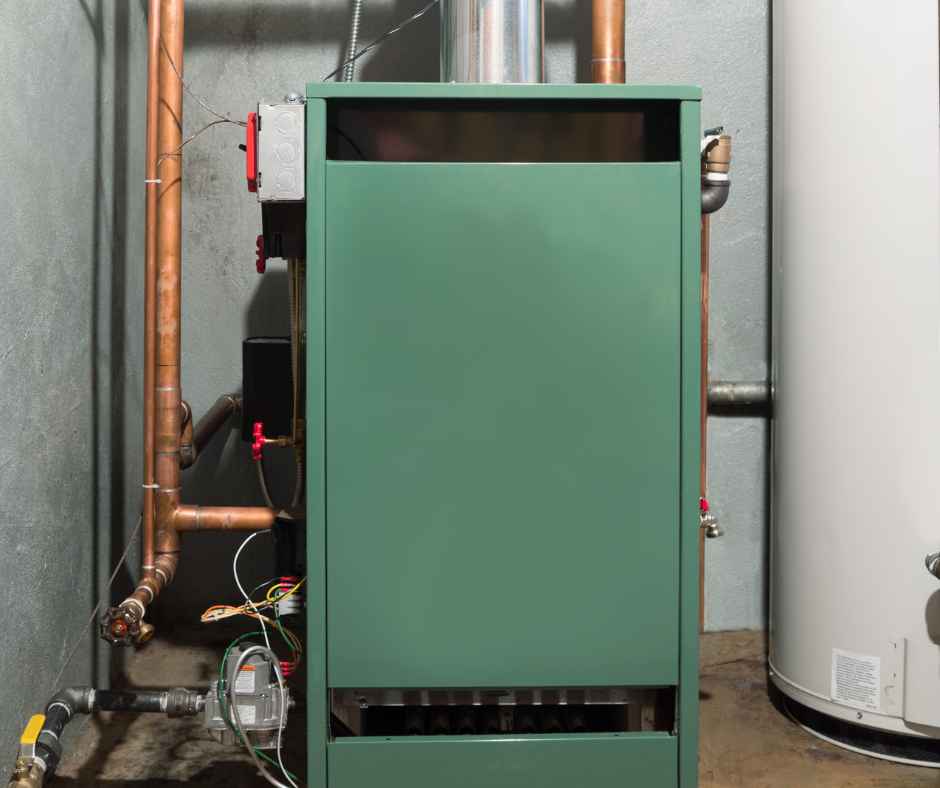
Why Won’t My Heat Turn On?
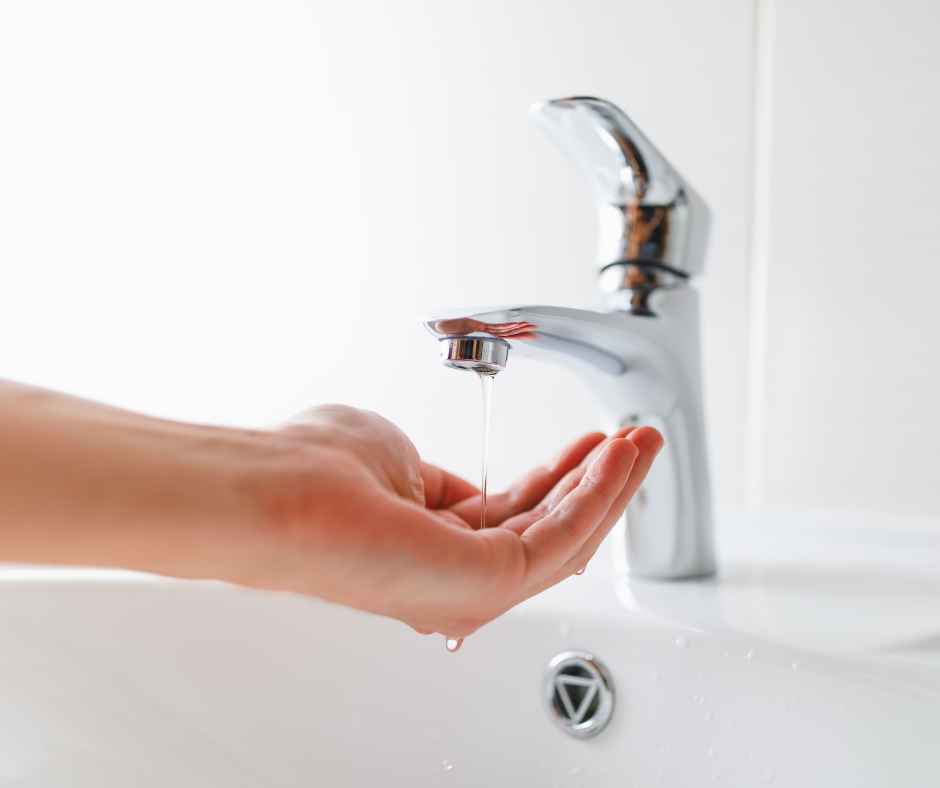
Why is the Water Pressure Low in My House?

Why a Tankless Water Heater Might Be the Best Investment for Your Indianapolis Home?
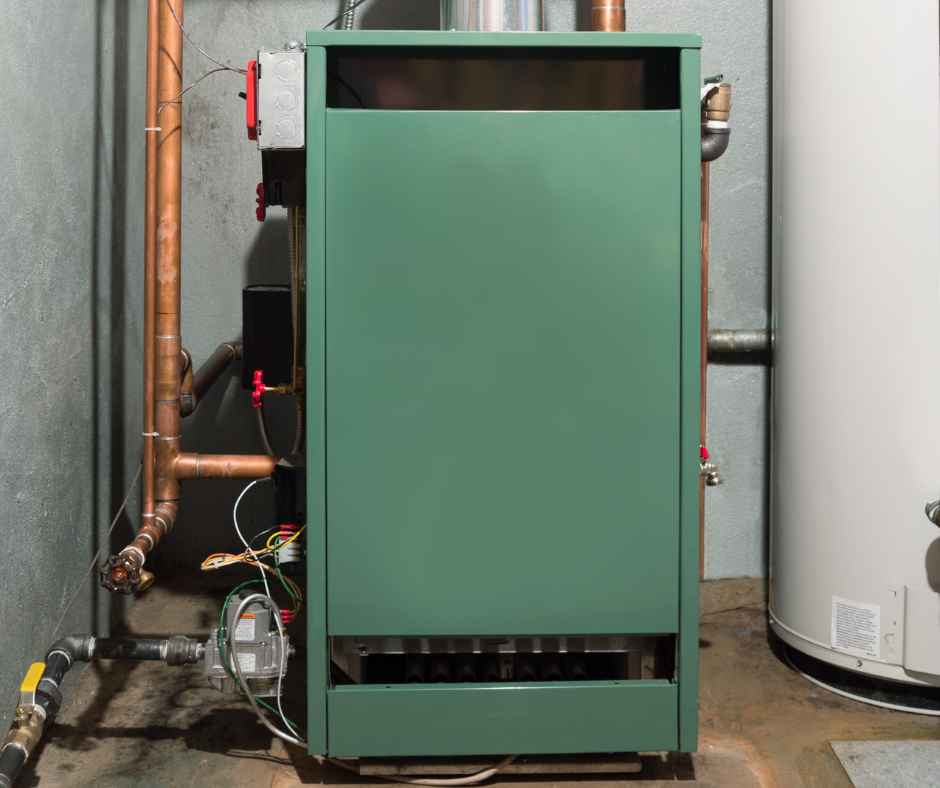
Should You Replace Your Furnace With a Heat Pump?
